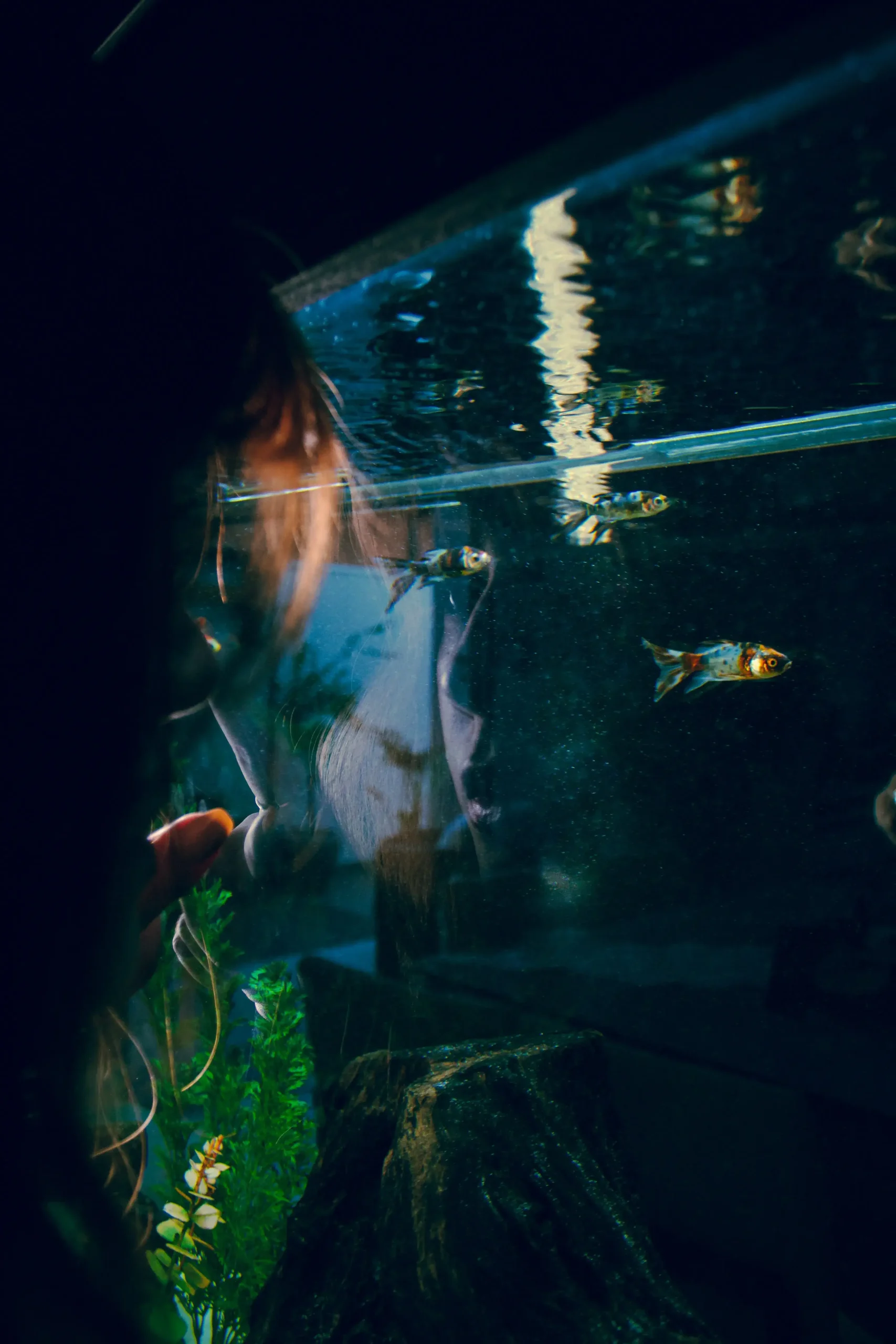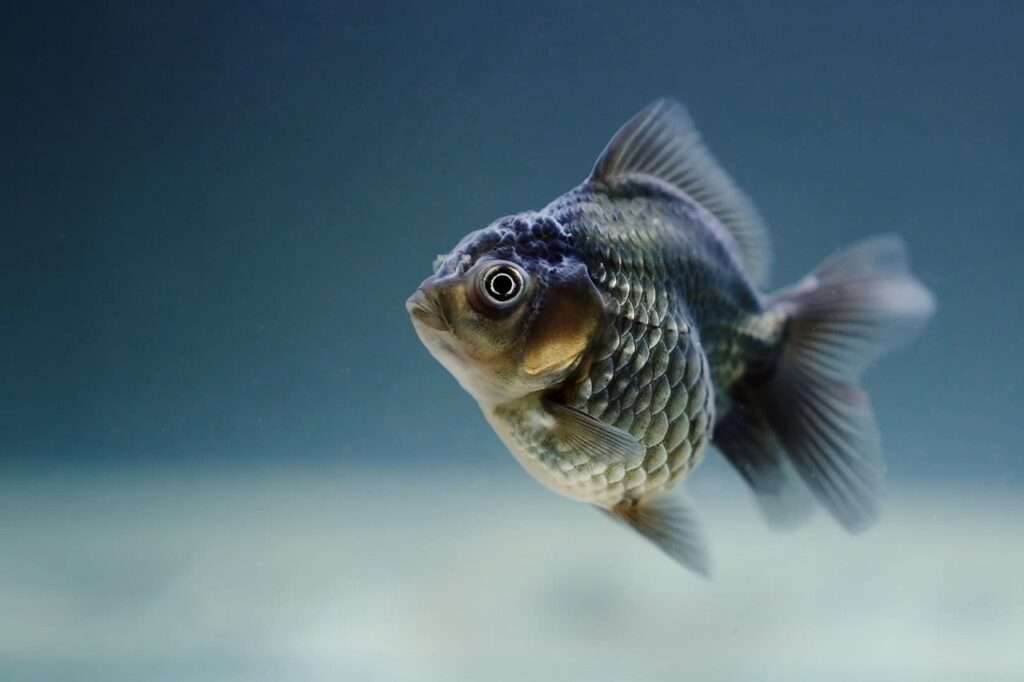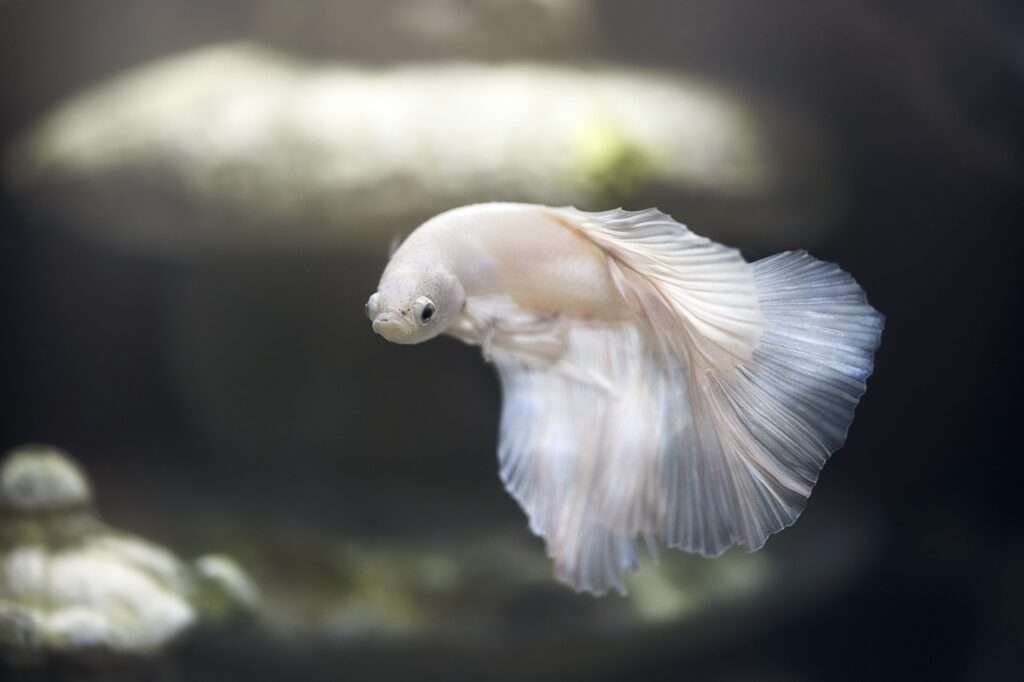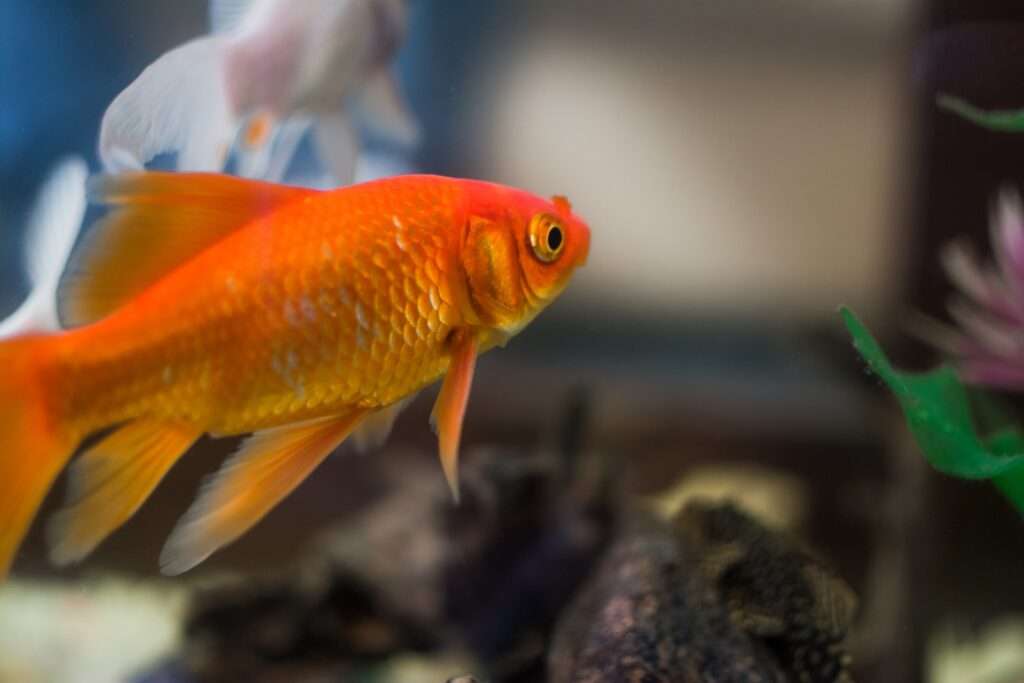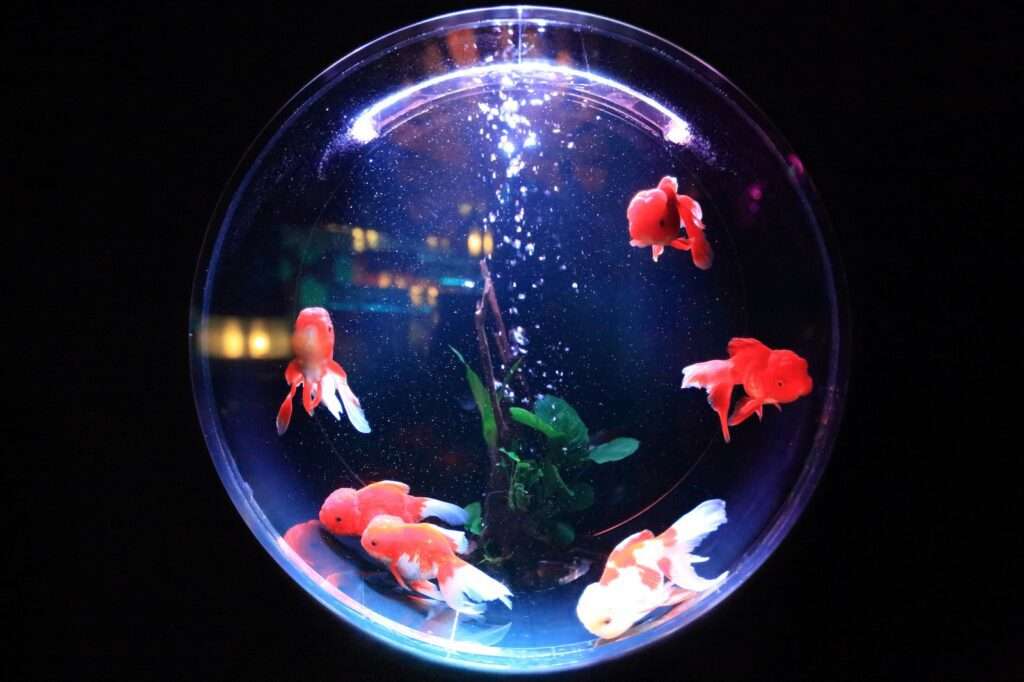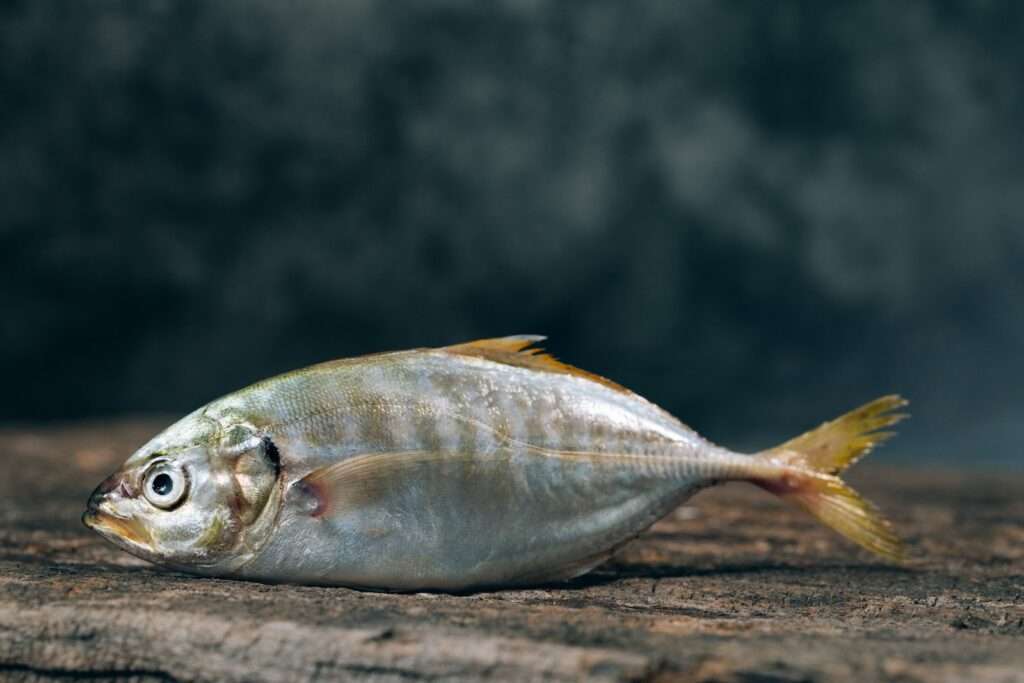Proper oxygen levels are crucial for maintaining the health and vitality of fish in your aquarium. Fish rely on dissolved oxygen in the water to breathe, and inadequate oxygenation can lead to stress, illness, and even death. In this article, we will explore various methods and techniques to ensure optimal oxygen levels in your fish tank.
Before we delve into the solutions, it’s important to identify the signs that indicate your aquarium may be lacking sufficient oxygen. Keep an eye out for the following symptoms:
1. Gasping at the water surface: Fish appearing to struggle for breath and gasping for air at the water surface is a clear indicator of low oxygen levels.
2. Lethargic behavior: Fish becoming less active, resting at the bottom of the tank, or showing reduced appetite can be a result of insufficient oxygen supply.
3. Rapid gill movement: If you notice your fish’s gills moving rapidly or excessively, it may be a sign that they are trying to compensate for low oxygen levels.
4. Algae growth: Low oxygen levels can promote the growth of algae in your aquarium, as they thrive in oxygen-depleted environments.
Understanding the various factors influencing oxygen levels in your fish tank is essential in order to address any issues effectively. Take into account the following:
1. Aquarium size: Smaller aquariums tend to have lower oxygen levels due to limited water volume. Consider upgrading to a larger tank if you notice consistent oxygenation problems.
2. Fish population: The number and size of fish in your aquarium directly impact oxygen consumption. Overcrowding can quickly deplete oxygen levels, so ensure your tank is not overcrowded.
3. Temperature: Warmer water holds less dissolved oxygen than cooler water. If you maintain a tropical aquarium, it’s crucial to monitor oxygen levels more closely.
4. Filtration system: A well-functioning filtration system aids in oxygenation by promoting water movement and surface agitation.
5. Plant life: Aquatic plants play a significant role in oxygen production through photosynthesis. Consider adding live plants to your tank to enhance oxygen levels.
Now that we have identified the signs and factors related to low oxygen levels, let’s explore some effective methods to enhance oxygenation in your fish tank:
1. Aerate the water: Introduce an air pump or airstone to your aquarium. These devices create bubbles that increase water movement and surface agitation, facilitating oxygen exchange.
2. Adjust water flow: Ensure the water flow from your filtration system is strong enough to promote sufficient oxygenation. Positioning the outlet near the water surface can help increase oxygen levels.
3. Install a surface skimmer: Surface skimmers remove debris and organic matter from the water’s surface, preventing them from blocking oxygen exchange. Cleaner water surfaces improve oxygen diffusion.
4. Increase plant life: Adding live aquatic plants not only enhances the visual appeal of your aquarium but also boosts oxygen production through photosynthesis. Consider species like Anubias or Amazon sword plants.
5. Reduce temperature: Lowering the water temperature slightly can increase the amount of oxygen the water can hold. Be cautious not to subject your fish to extreme temperature changes.
To further address common questions and concerns, here are some FAQs:
1. Can I use a regular air pump to oxygenate my fish tank?
Yes, a regular air pump combined with an airstone can effectively increase oxygen levels in your aquarium.
2. How often should I clean my surface skimmer?
Cleaning the surface skimmer once a week is recommended to maintain optimum function and prevent clogging.
3. Are there any fish species that require higher oxygen levels?
Yes, certain fish species, such as Bettas and Gouramis, have labyrinth organs that allow them to breathe atmospheric air. However, they still benefit from well-oxygenated water.
4. Can I rely solely on live plants to provide enough oxygen for my fish?
While live plants contribute to oxygen production, they may not be sufficient to meet the oxygen demands of densely populated fish tanks. Supplementing with additional oxygenation methods is recommended.
In conclusion, maintaining proper oxygen levels is vital for the overall health and well-being of your fish. By understanding the signs of poor oxygenation, addressing the factors affecting oxygen levels, and implementing effective methods for oxygenation, you can ensure a thriving aquatic environment for your beloved fish.


